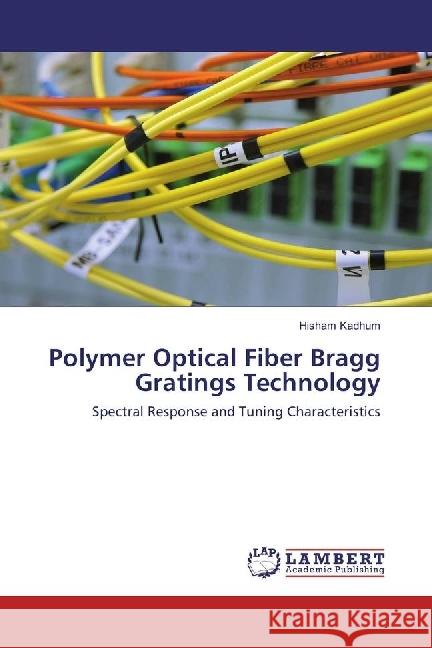Polymer Optical Fiber Bragg Gratings Technology : Spectral Response and Tuning Characteristics » książka
Polymer Optical Fiber Bragg Gratings Technology : Spectral Response and Tuning Characteristics
ISBN-13: 9783659958595 / Angielski / Miękka / 2016 / 120 str.
One of the most significant development in the field of optical engineering over the last three decades has been the emergence of the fiber Bragg grating (FBG), which has the found major applications in telecommunications and sensor systems. In addition to use FBGs as reflectors, wavelength tuning and fiber sensing are the two major applications for gratings fiber. In these applications, the FBG is controlled by an external environment such as temperature. The sensitivity of the Bragg wavelength to temperature arises from the change in period associated with the thermal expansion of the fiber coupled with a change in the refractive index arising from the thermo-optic.However, for silica optical fiber (SOF) Bragg gratings, the thermal tunability is the problem, where the change in the Bragg wavelength due to the changes in temperature is very small, which are not meet the requirements for WDM systems. In the case of polymer optical fiber (POF) Bragg gratings, the situation is totally different because the thermal effect is much more than those of SOF Bragg gratings.











